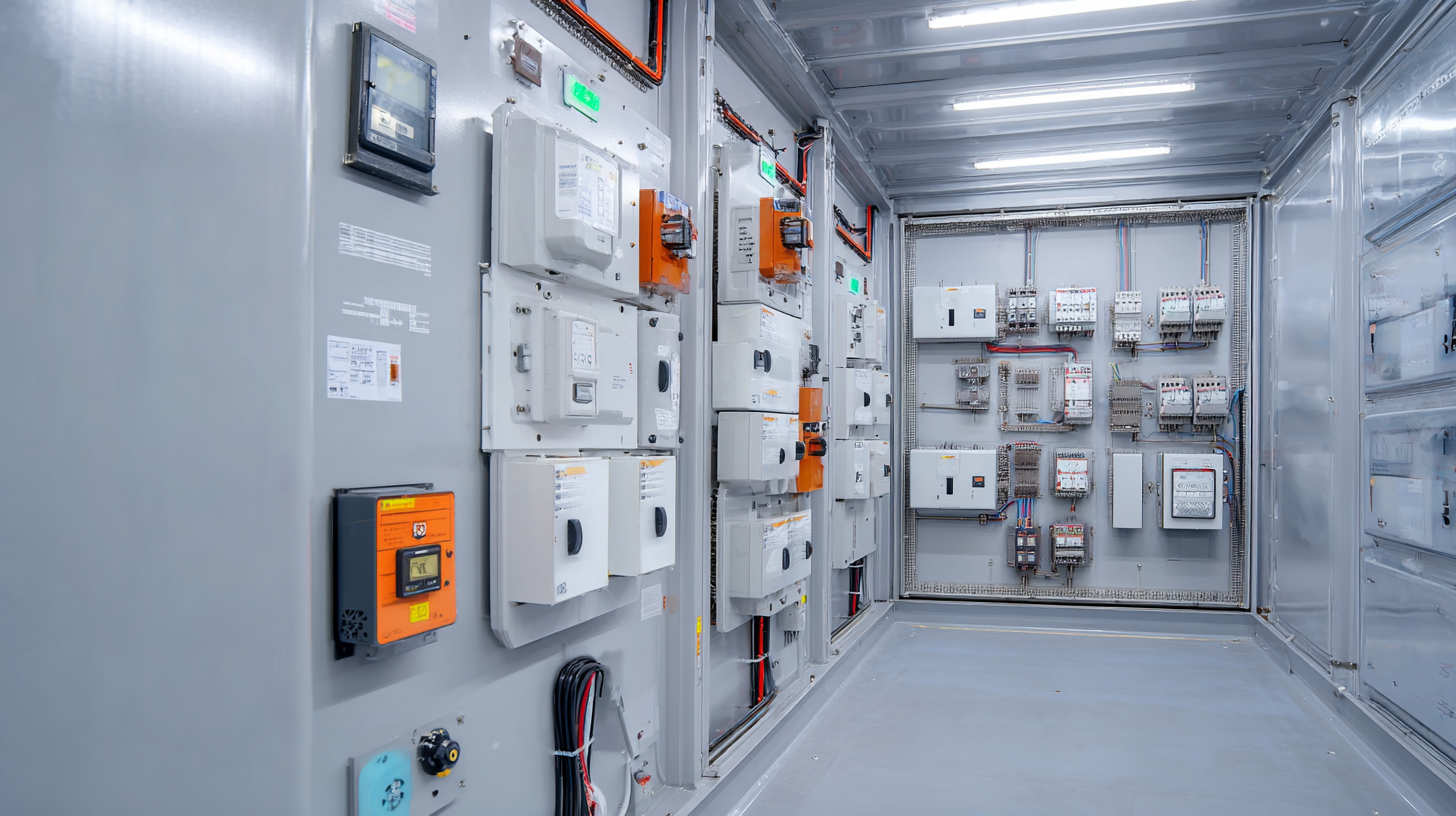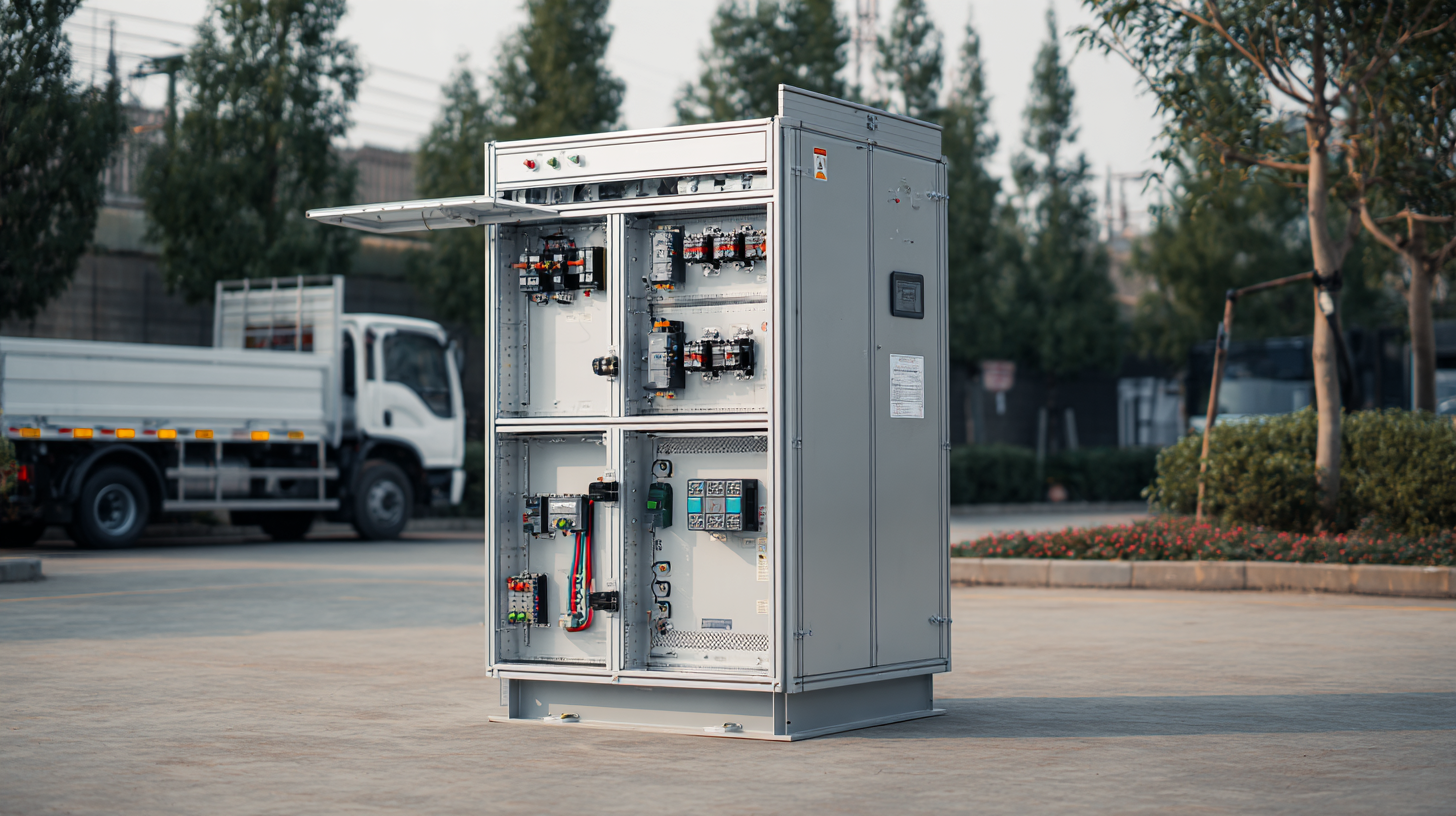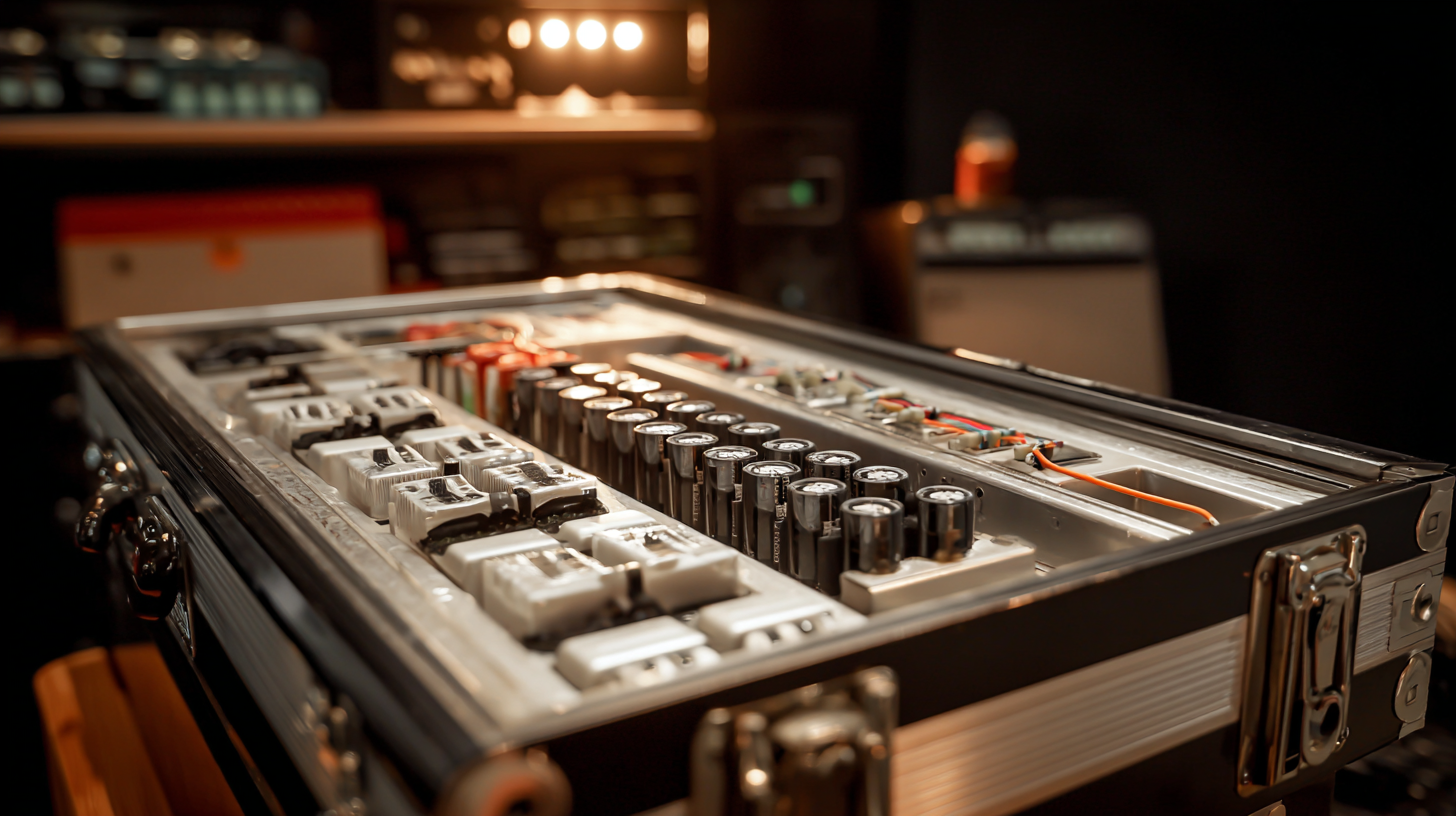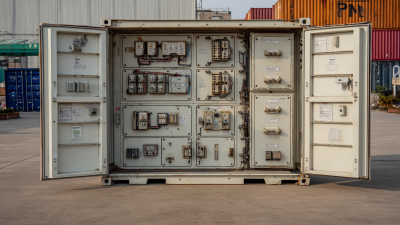Choosing the right Electric Box Mold is crucial for ensuring efficiency, safety, and compliance in electrical installations. According to a recent report by the National Electrical Manufacturers Association (NEMA), improper selection of electric box molds can lead to a staggering increase in installation errors, which account for approximately 25% of all electrical failures in residential projects. Furthermore, industry experts estimate that using subpar molds can significantly compromise the integrity of electrical systems, resulting in higher maintenance costs and potential safety hazards. In light of these statistics, it becomes imperative for engineers and contractors to understand the various factors influencing mold selection, including material compatibility, thermal performance, and regulatory compliance. This guide aims to provide a comprehensive approach to selecting the most suitable Electric Box Mold for your specific project needs, ensuring both the longevity and safety of electrical installations.

When selecting the right electric box mold for your project, it's crucial to first identify your specifications and requirements. According to the "2022 U.S. Electrical Box Market Report", the dimensions, material, and load capacity of the electric box directly impact its performance and suitability for various applications. For instance, the report indicates that larger electric boxes, typically exceeding 100 cubic inches, are necessary for accommodating the increasing number of wires due to modern electrical systems, which can support up to 20 circuits in residential setups.
Moreover, the mold material plays a significant role in durability and compliance with safety standards. The Electrical Safety Foundation International (ESFI) highlights that non-metallic boxes are preferred for their resistance to corrosion and lighter weight, while metallic boxes may be necessary in environments where higher strength is demanded. Thus, understanding your project's environment—whether it's a residential, commercial, or industrial setting—is vital. This awareness ensures that the chosen mold not only meets the technical specifications but also adheres to local electrical codes and regulations, ultimately leading to a safer and more efficient project outcome.
When selecting the right electric box mold for your project, it’s crucial to understand the different types available and their specific applications. Electric box molds are primarily categorized into residential, commercial, and industrial types. According to a report by IBISWorld, the electric box market has grown by approximately 3.5% annually over the last five years, reflecting an increasing demand for both safety and efficiency in electrical installations. Residential molds are typically designed for ease of use, while commercial molds are built for durability and can withstand higher load requirements.

Tips: Always consider the material of the mold; for example, thermoplastics are lightweight and cost-effective, while fiberglass options offer superior durability in industrial settings. Furthermore, ensure the mold meets local electrical codes, which can vary significantly.
When assessing options, it is also essential to think about the specific installation needs, such as size and mounting options. The industry's trend towards modular designs enables greater flexibility and customization for various project requirements. A report from Allied Market Research indicates that smart electric box solutions are becoming increasingly popular, highlighting the importance of future-proofing your projects with molds that accommodate smart devices and systems.
When selecting the right electric box mold, evaluating material options for durability and performance is crucial. Different materials offer distinct benefits that can affect both the longevity of the final product and its ability to withstand environmental stressors. According to a report by the American Society of Plastic Engineers, polycarbonate and fiberglass-reinforced plastics are among the top choices due to their exceptional impact resistance and thermal stability, making them ideal for demanding installations.
Furthermore, the National Electrical Manufacturers Association (NEMA) emphasizes the importance of selecting materials that meet specific environmental ratings. For instance, choosing high-performance thermoplastics can significantly enhance longevity in outdoor applications where exposure to UV rays and moisture can lead to degradation. Data from industry standards suggest that using appropriate materials can extend the lifespan of electric box molds by up to 30%, ultimately resulting in reduced maintenance costs and improved safety for end-users. Evaluating these options carefully will ensure that the chosen mold meets both performance requirements and regulatory standards.
| Material Type | Durability Rating | Temperature Resistance (°C) | Weight (kg) | Cost ($) |
|---|---|---|---|---|
| Polycarbonate | 8/10 | 120 | 1.5 | 15 |
| Steel | 9/10 | 250 | 5.0 | 30 |
| Aluminum | 7/10 | 200 | 3.0 | 25 |
| Plastic | 6/10 | 80 | 0.8 | 10 |
| Fiberglass | 8/10 | 180 | 2.5 | 20 |
When selecting the right electric box mold for your project, cost and budget considerations play a pivotal role. It’s essential to evaluate your project’s specific needs against the financial constraints you have. The initial cost of molds can vary significantly based on the complexity of the design, material used, and the production volume anticipated. Investing in high-quality molds might seem higher upfront but can lead to savings over time through durability and reduced defect rates in the final product.

Additionally, understanding the total cost of ownership is crucial. This includes not only the purchase cost of the molds but also maintenance expenses and potential downtime during production due to mold failures. Budgeting for additional features, such as customization or specialized coatings that enhance mold performance or lifespan, can further impact your overall financial plan. By carefully analyzing these factors, you can choose an electric box mold that not only meets your project's technical requirements but also aligns with your budgetary constraints, ensuring a more efficient production process.
When selecting the right electric box mold for your project, one crucial factor to consider is the manufacturer’s reputation. A well-established company often reflects reliability and quality in their products. Researching customer reviews and ratings can provide insights into the mold's performance and durability. Look for manufacturers with a proven track record in the industry, as their experience can serve as a solid indicator of the quality you can expect.
In addition to reputation, assessing the customer support services offered by the manufacturer is essential. A responsive customer support team can be invaluable, especially if you encounter issues during the production process. Ensure that the manufacturer provides comprehensive support channels, such as phone, email, or live chat, and check their response times. A company that is attentive to its customers' needs can help troubleshoot potential problems quickly, ensuring your project's success and minimizing downtime.






